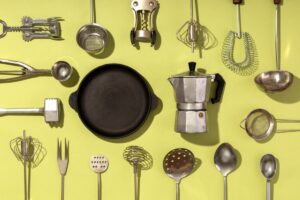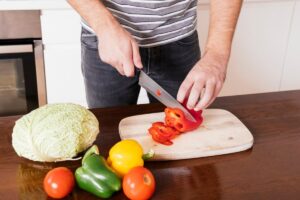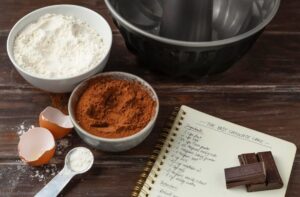The Food Blog
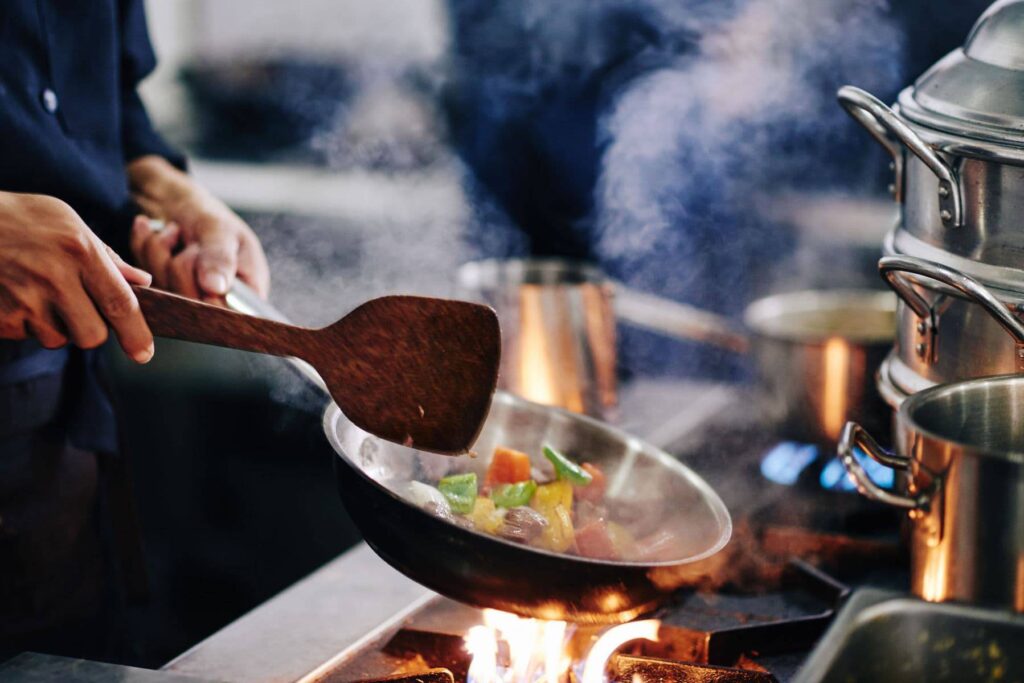
The Science of Cooking: Understanding Heat and Flavor
Cooking isn’t just about following a recipe, though. It’s about understanding the science behind heat and flavour. So that you can prepare delicious, well-balanced dishes. When you grasp how heat affects food and boosts flavour, you can make gourmet dishes from simple ingredients.
Heat alters the texture, colour, and flavour of food through chemical reactions. These include caramelisation, the Maillard reaction, and gelatinisation. Once you grasp cooking science, you can use these principles. This way, you’ll get the most out of every dish you prepare.
In this guide, we’ll explore the mechanics of heat and its effects, and flavour enhancement tips. These will elevate your meals to the next level. Knowing how heat affects flavour can enhance your cooking. Whether you’re searing steak, slow-cooking stew, or baking bread, this knowledge helps you get better results.
1. The Role of Heat in Cooking
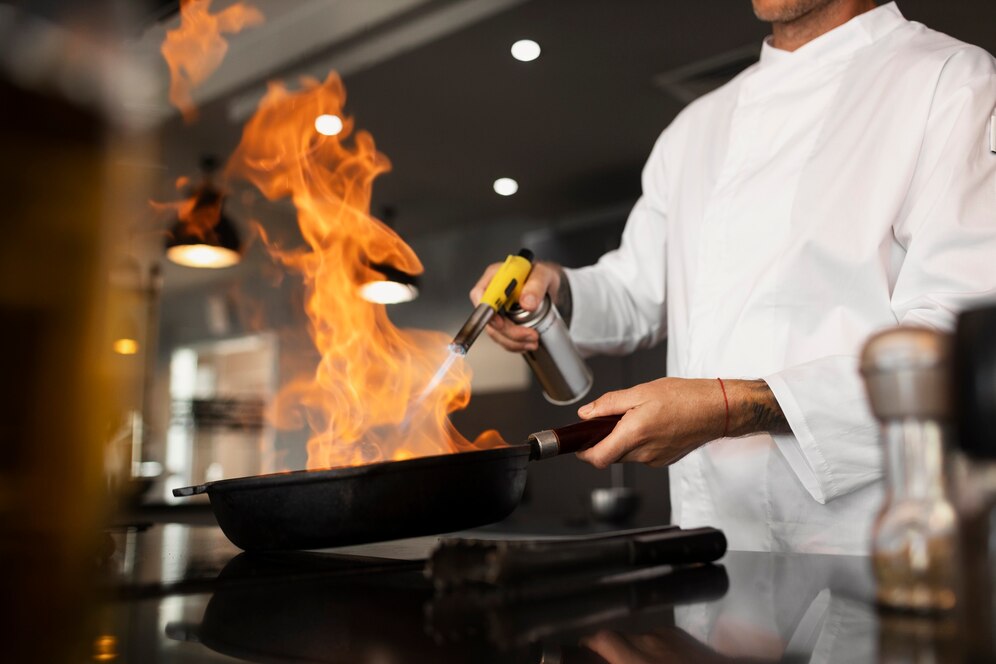
Heat is the primary driver of cooking. It influences the way food changes in texture, flavour, and aroma. Understanding how different types of heat work will help you choose the best cooking method for your dish.
1.1 Types of Heat Transfer
Heat is transferred in three main ways:
- Conduction – Direct heat transfer through contact, such as when a steak sizzles in a hot pan. This is the primary method for stovetop cooking and is useful for achieving a crust or sear.
- Convection – Heat movement through air or liquid, as seen in boiling, baking, and roasting. Convection ovens use fans to circulate hot air, allowing food to cook more evenly.
- Radiation – Heat transfer through electromagnetic waves, such as grilling or broiling. This method is best for developing deep char and smoky flavours in meats and vegetables.
Each method affects food differently, and choosing the right one depends on the texture and doneness you’re aiming for.
1.2 How Heat Affects Food
Heat triggers key reactions that change food’s composition:
- Denaturation and Coagulation – Proteins in meat, eggs, and dairy unravel and solidify when exposed to heat. It leads to firmness. This process is essential for achieving the right texture in cooked meats and eggs.
- Caramelisation – The breakdown of sugars at high temperatures creates deep, complex flavours. For example in browned onions and roasted carrots). Caramelisation enhances the sweetness and complexity of dishes.
- Maillard Reaction – When heat combines amino acids and sugars, it creates a golden-brown crust. You can see this on grilled meats, toast, and baked goods. This reaction is responsible for the rich flavours in seared steak and roasted coffee.
- Gelatinization – Starches absorb water and swell, thickening sauces, soups, and baked goods. Understanding this process helps in making perfect gravies and creamy soups.
2. Understanding Cooking Temperatures
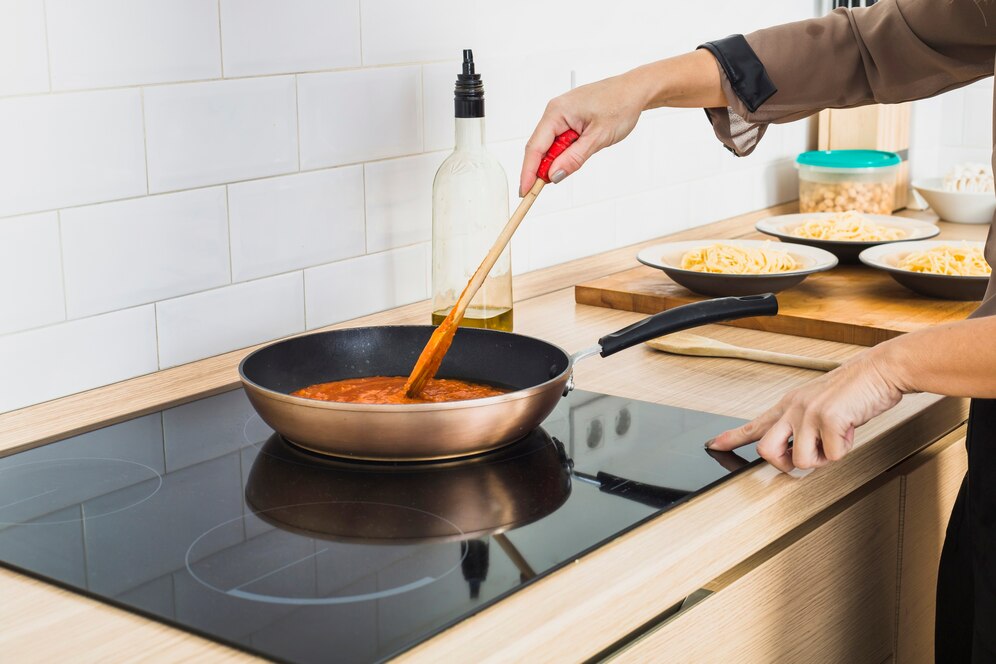
Cooking at the right temperature is crucial for achieving the desired texture and flavour in food. Overheating can cause food to burn. Underheating may leave it raw or unappetizing.
2.1 Low, Medium, and High Heat Cooking
- Low Heat (90-150°C / 194-302°F) – Used for slow cooking, simmering, and poaching to retain moisture. Ideal for tenderising meats and melding flavours in soups and stews.
- Medium Heat (150-190°C / 302-374°F) – Ideal for sautéing, frying, and baking for even cooking. Medium heat ensures that food cooks through without burning the outside.
- High Heat (190-250°C / 374-482°F) – Best for searing, grilling, and roasting to develop rich flavours. High heat locks in juices while creating a flavorful crust.
2.2 Cooking Temperatures for Different Foods
- Meat: Sear at high heat for a crust, then finish cooking at lower heat for even doneness.
- Vegetables: Roast at medium-high heat to retain texture while caramelising the surface.
- Eggs: Cook at low heat to prevent rubbery textures and maintain fluffiness.
- Baking: Preheat the oven to maintain consistency in cakes, bread, and pastries.
3. Enhancing Flavor Through Heat and Cooking Techniques
The way you apply heat significantly impacts the final taste of your dish. Different cooking techniques bring out various flavours and textures.
3.1 Dry-Heat Cooking Methods
Dry-heat cooking uses minimal moisture to develop deep, concentrated flavours.
- Searing and Grilling: Creates a rich, smoky, charred taste through high heat. Works best for meats, seafood, and firm vegetables.
- Roasting and Baking: Enhances caramelisation and Maillard reactions for depth of flavour. Ideal for meats, root vegetables, and baked goods.
- Sautéing and Stir-Frying: Quick cooking methods that retain texture and color while maximizing flavor. Great for evenly cooking smaller cuts of food.
3.2 Moist-Heat Cooking Methods
Moist-heat cooking uses water, broth, or steam to enhance tenderness and juiciness.
- Boiling and Simmering: Perfect for soups, pasta, and stews where flavours meld over time.
- Steaming: Retains nutrients while keeping vegetables crisp and flavorful.
- Braising and Slow Cooking: Breaks down tough meats into tender, flavorful dishes over time.
4. Flavor Enhancement Tips Using Heat
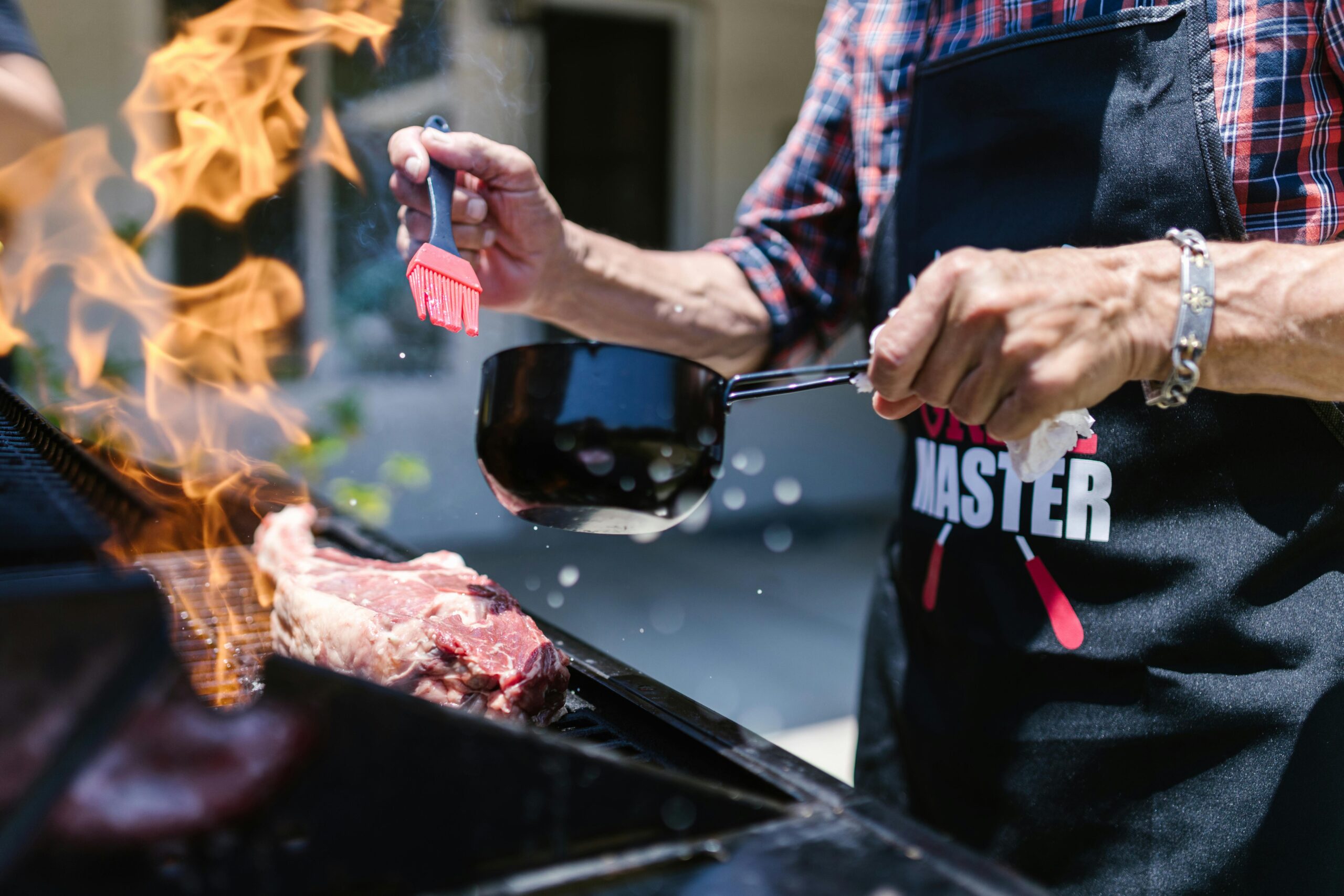
While heat plays a significant role in cooking, small adjustments can elevate the depth of flavour in your meals.
4.1 Controlling the Cooking Process
- Preheating: Ensures even heat distribution for consistent cooking results.
- Deglazing: Adding liquid (wine, broth, or vinegar) to a pan lifts browned bits, enriching sauces.
- Resting Meat: Allowing cooked meat to sit before cutting helps redistribute juices for maximum flavour.
4.2 Layering Flavors Through Cooking
- Toasting Spices: Dry-frying spices before using them intensifies their natural oils and aromas.
- Slow Roasting Garlic and Onions: Bring out their natural sweetness and complexity.
- Using Compound Heat: Combining multiple heat sources (e.g., searing meat first, then finishing in the oven) adds depth to dishes.
5. Science-Backed Cooking Techniques
Leverage cooking science to improve your kitchen skills with these simple cooking hacks:
- Salt Meat in Advance: Salt draws out moisture and gets reabsorbed. It results in a juicier, more flavorful dish.
- Let Dough Rest: Gluten relaxes over time, leading to softer breads and pastries.
- Use a Thermometer: Ensures food is cooked to safe yet optimal temperatures.
- Shock Vegetables in Ice Water: Preserves bright colours and prevents overcooking after blanching.
- Acid Balances Flavors: Adding vinegar, citrus juice, or wine enhances the brightness and depth of a dish.
Heat and Flavour in Your Cooking
Cooking combines science and creativity. Heat plays a key role in transforming ingredients into a tasty meal. You should understand how heat affects food and know cooking techniques. Any flavour enhancement tips will boost your cooking skills.
Experiment with different techniques and observe how heat influences flavours and textures. What’s your favourite way to enhance flavour through the heat? Share your thoughts in the comments below!



